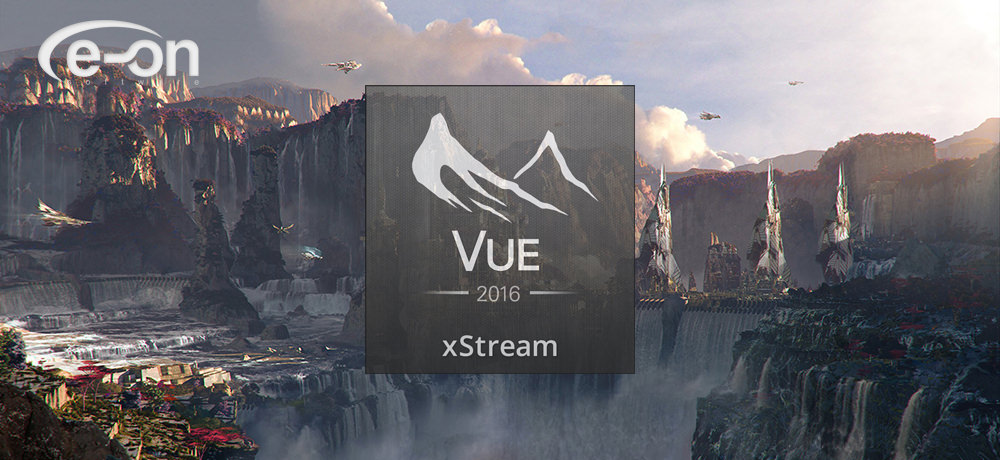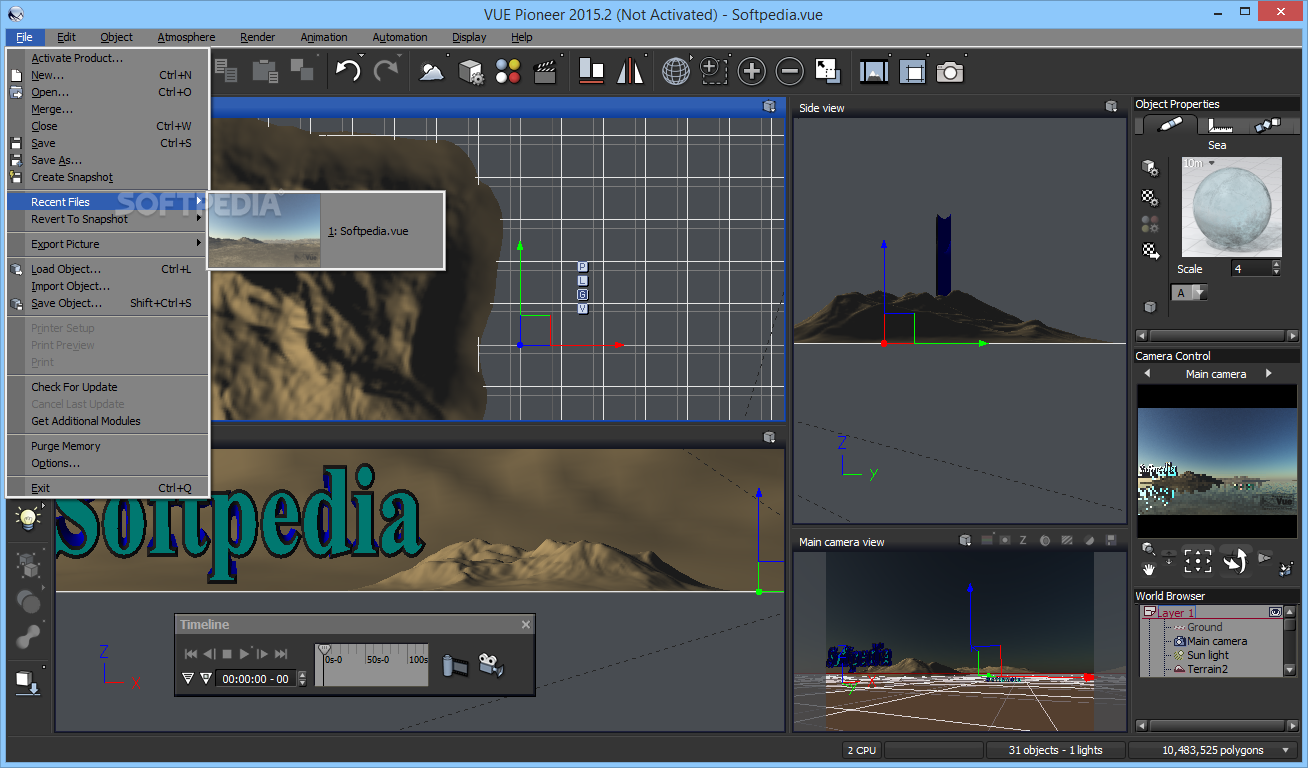


This new mode produces natural color variations particularly well suited for terrains, ground, or any natural elements of your scene. Vue Infinite 2014 introduces a new color production mode called Natural Grain. The Vue Exposure filter is the legacy response curve, with or without natural film response.The False Colors filter can be used to visualize the HDR range of intensities of the rendered picture.The two Reinhard Exposure filters provide control over contrast enhancement, as well as Brightness, Chromatic and Light adaptation.The Linear Exposure filter is the simplest of all: no contrast transformation is performed, the tone curve is flat, and the user can control the steepness of the response.The Photographic Exposure filter provides the typical response of photographic film, and gives you control over the response curve (such as Shadows, Mid-tones or Highlights).These filters typically simulate the response of the human eye or chemical photographic film: The tool has been used in several feature-length movies.Vue Infinite 2014 lets you select different tone mapping filters to specify how raw HDR colors are transformed into the final picture. Vue is a software tool for world generation by e-on software with support for many visual effects, animations and various other features. For more guidance, see Wikipedia:Translation.You should also add the template to the talk page.A model attribution edit summary is Content in this edit is translated from the existing German Wikipedia article at ] see its history for attribution. You must provide copyright attribution in the edit summary accompanying your translation by providing an interlanguage link to the source of your translation.If possible, verify the text with references provided in the foreign-language article. Do not translate text that appears unreliable or low-quality.Consider adding a topic to this template: there are already 9,721 articles in the main category, and specifying |topic= will aid in categorization.Machine translation, like DeepL or Google Translate, is a useful starting point for translations, but translators must revise errors as necessary and confirm that the translation is accurate, rather than simply copy-pasting machine-translated text into the English Wikipedia.


 0 kommentar(er)
0 kommentar(er)
